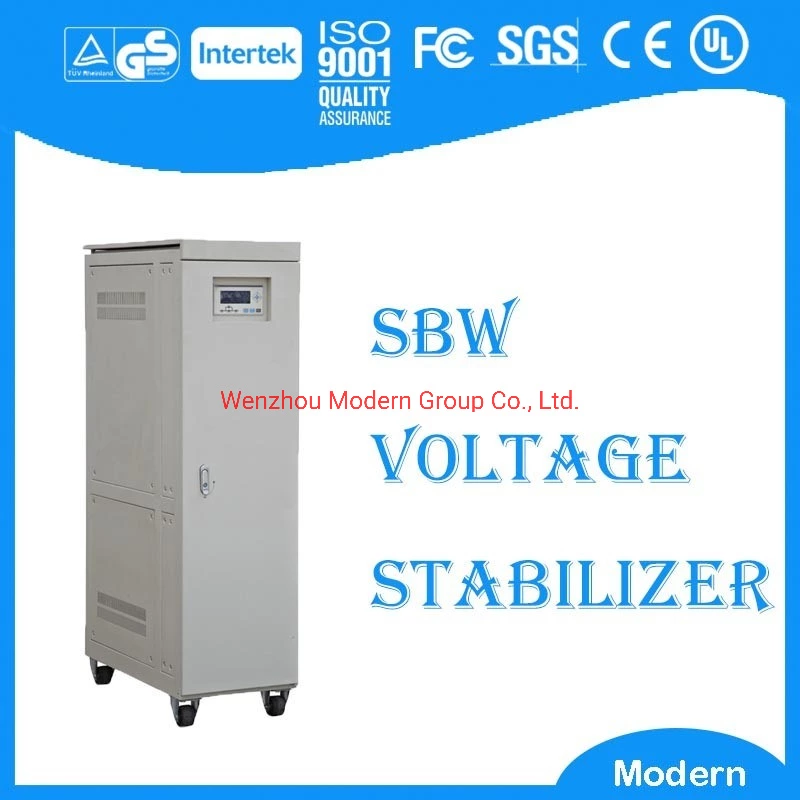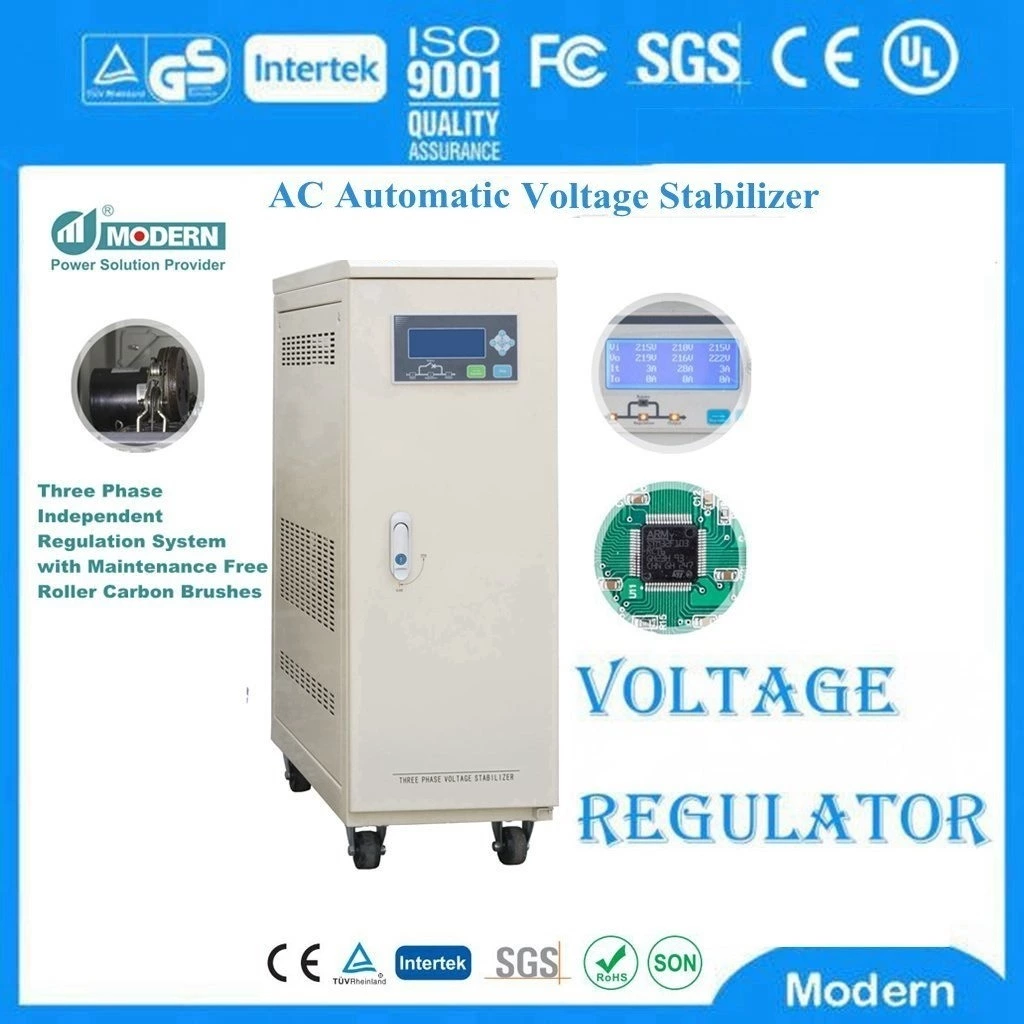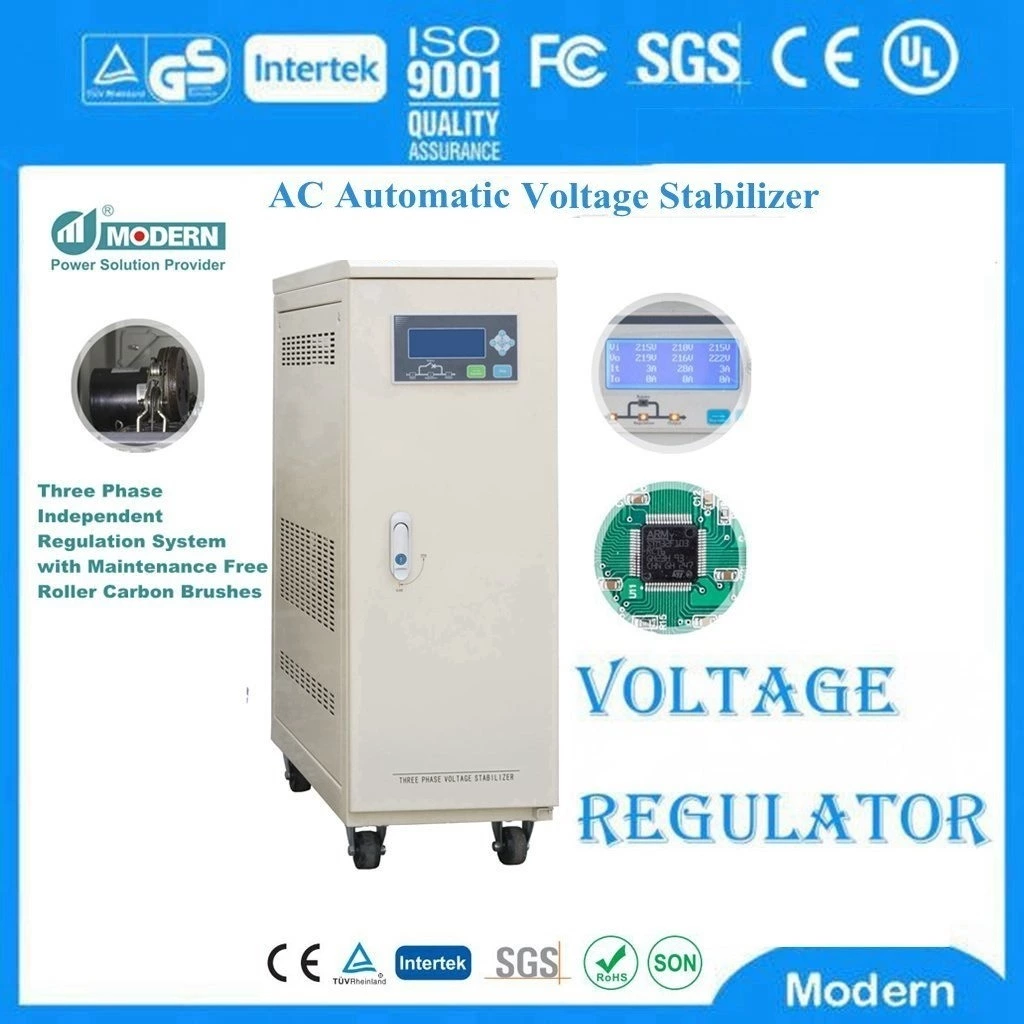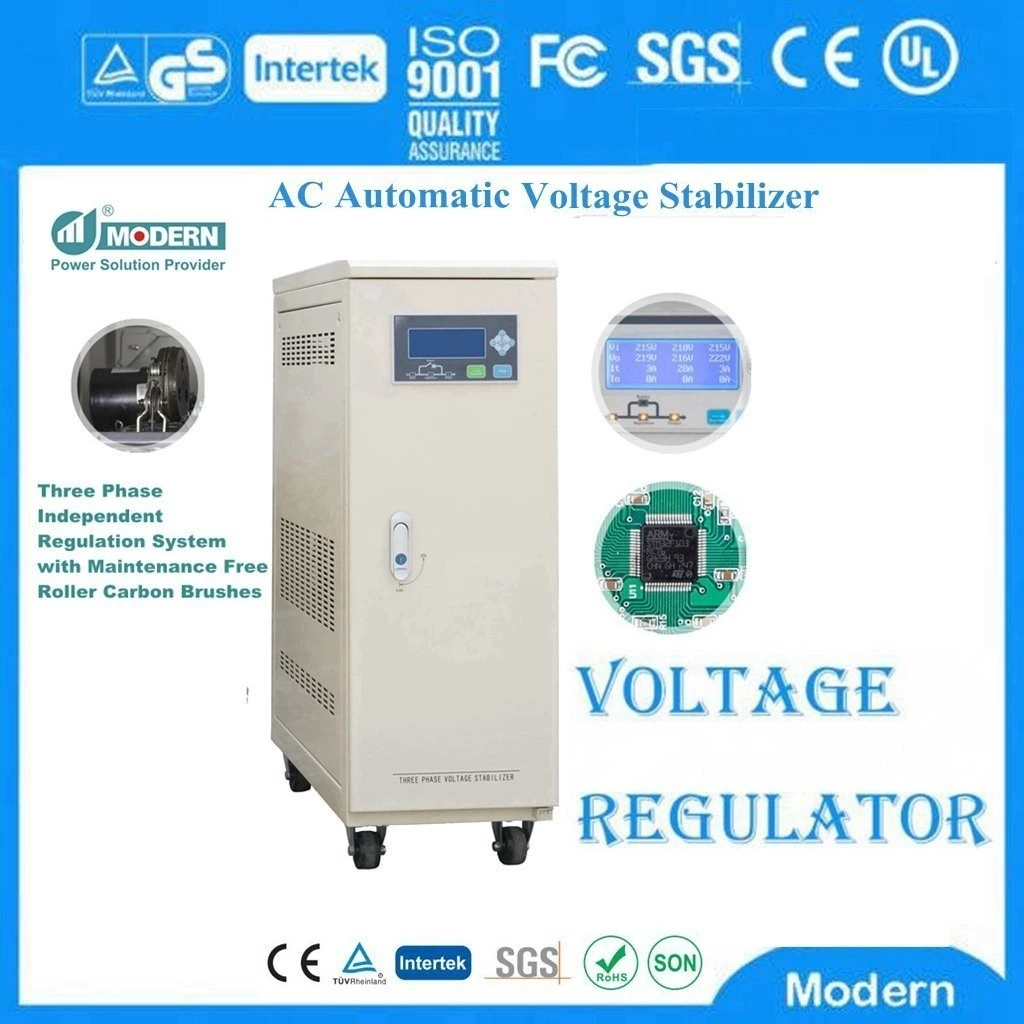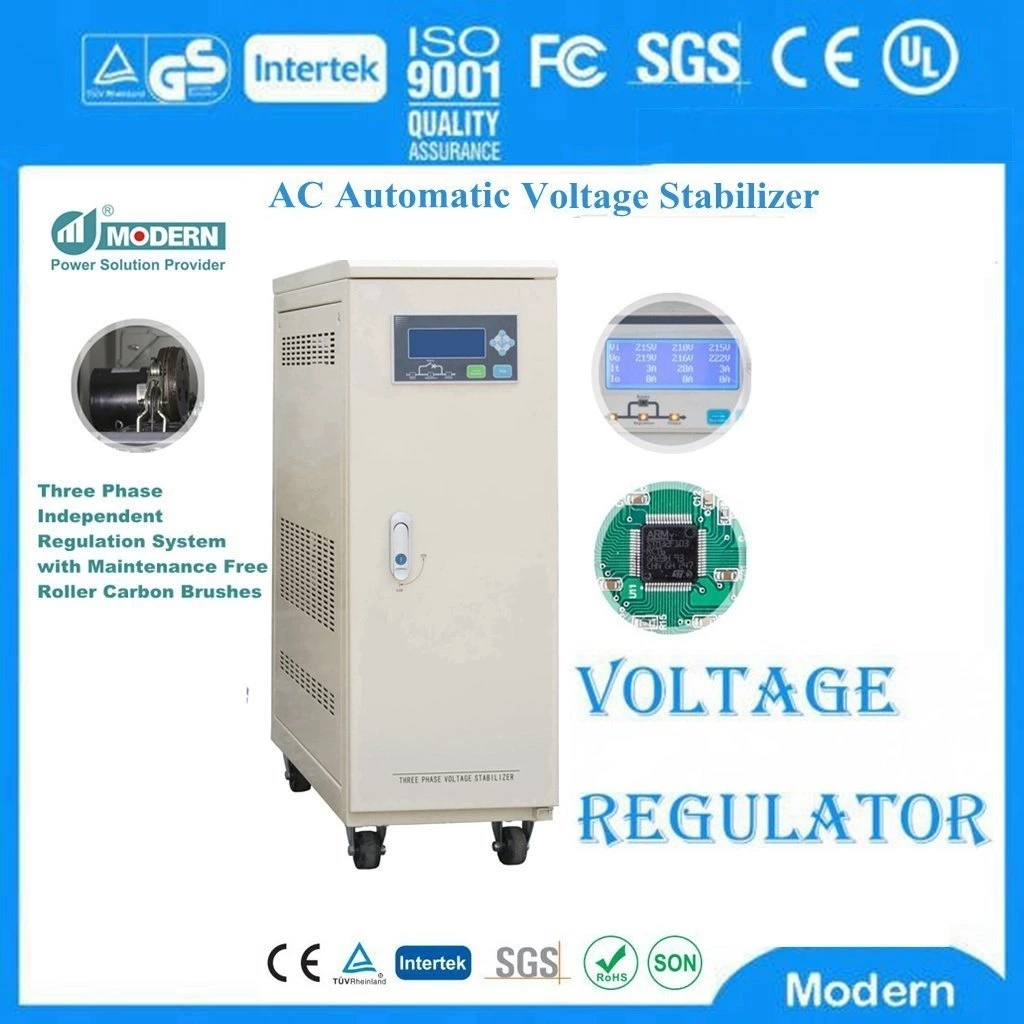The Future Development Direction Of Dry-type Transformers
The Future Development Direction Of Dry-type Transformers
(1) Energy saving and low noise: The introduction and development of new materials, new processes and new technologies such as low-loss silicon steel sheets, stepped core joints, foil winding structures, in-depth noise research, environmental protection requirements, and computer optimization design will make future dry-type transformers more energy-efficient and quieter. However, we believe that it is not advisable to reduce iron loss or copper loss by simply relying on material investment.
(2) High reliability: The operating reliability of electrical products, especially transformers, is particularly important. It will be people's unremitting pursuit to carry out a large amount of basic research in electromagnetic field theory and its calculation, wave process, casting process, hot spot temperature rise, partial discharge mechanism, quality assurance system, reliability engineering, etc., actively carry out reliability certification, and further improve the reliability of dry-type transformers.
(3) Environmental protection characteristic certification: Based on the European standard HD464, research and certification of dry-type transformers' weather resistance (C0, C1, C2), environmental resistance (E0, E1, E2), and fire resistance (F0, F1, F2) characteristics are carried out.
(4) Large capacity: The capacity of distribution transformers is usually below 2,500KVA. As the urban power load continues to increase, the regional substations of the urban grid are increasingly penetrating into the urban center, residential areas, large and medium-sized factories and mines and other load centers. The 35KV large-capacity regional power supply dry-type power transformer will be widely used. Shunte has produced nearly ten 35KV 16,000/24,000KVA ultra-large capacity dry transformers.
(5) Multifunctional combination and intelligence: from a single transformer with substation function to a multifunctional combination transformer with forced air cooling, protective shell, power metering, computer interface, closed busbar, various low-voltage side outlets, etc.; the introduction of TTU intelligent interface, with data processing, state control, state display and other functions, so that the transformer becomes a multifunctional intelligent electrical equipment that is always in the best operating state.
(6) Multi-field development: from mainly distribution transformers to power plant excitation transformers, plant transformers, rail transit traction rectifier transformers, high-current electric furnace transformers, nuclear power plants, ships, oil platforms and other special transformers and multi-purpose multi-field development. In recent years, Shunte Electric has developed and mass-produced these special products in many fields.
(7) Multiple materials and multiple varieties: In the 1980s, the annual output of epoxy resin cast transformers was about 1000MVA, and by the 1990s it had exceeded 10,000MVA; the insulation levels of dry-type transformers have covered Class B, Class F, Class H, and Class C. [9] In my country, epoxy resin vacuum cast dry-type transformers dominate the market.

 Русский
Русский
 Français
Français
 Português
Português
 Español
Español
 اللغة العربية
اللغة العربية
